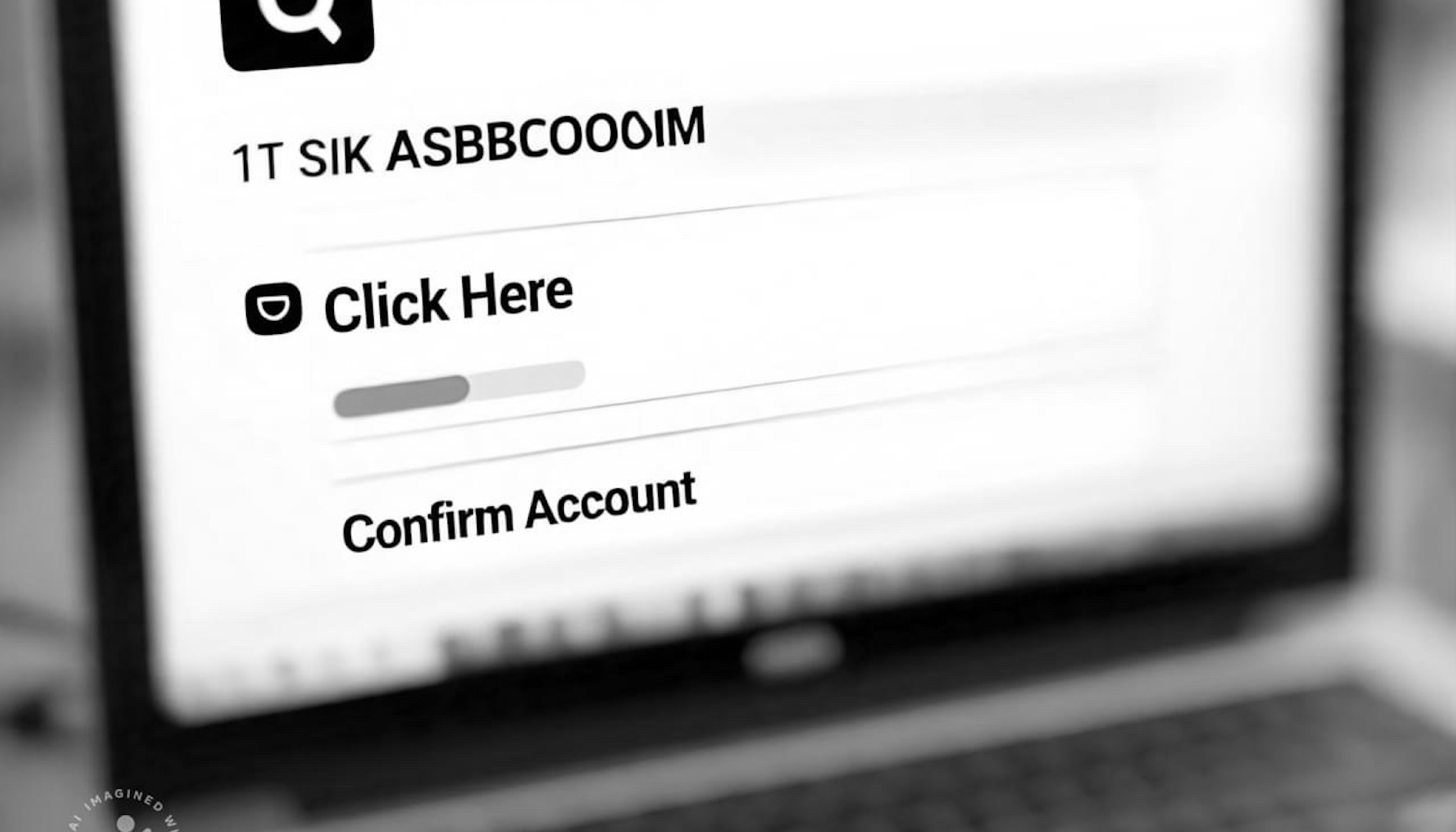Phishing, a cybercrime that tricks individuals into revealing sensitive information, continues to evolve with increasing sophistication. While phishing was once synonymous with suspicious emails, today’s attackers exploit legitimate-looking online services to target unsuspecting users. Free tools like password generators, document converters, and similar platforms have become prime vectors for these schemes.
This article explores how phishing operates through these seemingly harmless tools, the risks they pose, and practical steps users can take to protect themselves.
What is Phishing?
Phishing involves tricking individuals into sharing private information, such as passwords, financial data, or personal details. Traditionally, this was done through fake websites or emails mimicking trusted entities. However, cybercriminals now increasingly rely on exploiting popular online services, where users are more likely to lower their guard.
How Online Services Like Password Generators Enable Phishing
Free online services are often marketed as simple solutions to everyday problems. While many are legitimate, others are designed to steal data or compromise user security. Here’s how attackers use these platforms:
- Compromised Password Generators
- Users input password preferences, expecting a random secure password. Malicious platforms log every password generated, especially those reused on multiple accounts, giving attackers direct access.
- Fake Verification Requests
- Some services ask for email addresses or other information "to deliver results." This data can be used for spam, phishing, or even direct account takeover attempts.
- Malicious Ads or Redirects
- Clicking “Generate Password” or “Download File” on certain websites may lead users to phishing pages disguised as login portals for well-known services.
- Harvesting Data from Inputs
- These platforms may secretly collect behavioral data or even the specific inputs provided by users, using them for malicious purposes.
Document Converters: A Closer Look at Hidden Risks
Document converters—tools for transforming file formats, such as converting PDFs to Word documents—pose additional risks:
Data Harvesting from Uploaded Files
When you upload a document to a converter, it is processed on a remote server. This seemingly simple process allows attackers to:
- Extract Sensitive Information: Files may contain personal, financial, or organizational details. Malicious converters can store this data and exploit it for identity theft or corporate espionage.
- Analyze Metadata: Documents carry metadata, such as timestamps or software details, which can reveal your habits, tools, or organizational structure.
- Infer Behavior: Frequent uploads of specific document types, such as contracts or invoices, can hint at your profession or business activities, making you a target for highly tailored phishing attempts.
Risks from Downloaded Documents
Even after processing, the returned document may be far from harmless. Risks include:
- Embedded Malware: Converted files might carry malicious code or macros that, when opened, infect the user’s system.
- Tracking Scripts: Some tools embed trackers in documents to monitor how and where they’re accessed.
- Unsecured Transfers: Without encryption (HTTPS), files can be intercepted during upload or download, allowing attackers to modify them.
Recognizing Phishing Red Flags
Protecting yourself starts with recognizing common warning signs:
- No HTTPS Encryption
- Always verify that the URL uses "https://" and displays a padlock icon, indicating a secure connection.
- Unnecessary Permissions
- Be cautious if a service asks for irrelevant information, such as access to your contacts or email login.
- Obscure Ownership
- Avoid tools without transparent ownership or hosted on suspicious domains.
- Unexpected Login Requests
- Redirects to login pages for unrelated accounts (e.g., Google or social media) are often phishing attempts.
How to Stay Safe
Use the following strategies to reduce your exposure to phishing:
- Choose Trusted Platforms
- Stick to reputable tools with established track records. For example, use professional-grade password managers or offline document processing software.
- Avoid Sharing Sensitive Data
- Never upload sensitive files to online services without verifying their legitimacy. Use local software for critical data when possible.
- Inspect Output Files
- After downloading a file, scan it with antivirus software. For Word or Excel files, disable macros and check for unusual properties.
- Enable Two-Factor Authentication (2FA)
- Even if a password is compromised, 2FA can prevent unauthorized access to your accounts.
- Use Disposable Emails
- For services requiring an email, use a secondary or disposable address to minimize risks.
Real-Life Examples of the Threats
The consequences of falling victim to phishing through these services are real.
- In one case, a user uploaded a sensitive contract to a document converter. The service logged key details, enabling attackers to craft a personalized phishing email that impersonated the other party in the agreement.
- Another instance involved ransomware embedded in a converted file. The infected document spread throughout an organization, leading to significant financial and operational damage.
Conclusion
Free online tools like password generators and document converters offer convenience but can also serve as a gateway for phishing attacks. Cybercriminals exploit these platforms to harvest sensitive data, deliver malware, and gain insights into users’ personal or professional lives.
To protect yourself, always scrutinize the tools you use, stick to trusted platforms, and adopt cybersecurity best practices. By staying vigilant, you can enjoy the benefits of online services without falling victim to their hidden risks.
Note: If you have more questions about the current topics, such as Data Management and Security, Cybersecurity, IT Management, VPN and so on, please don't hesitate to reach out to us. We are more than happy to help!

